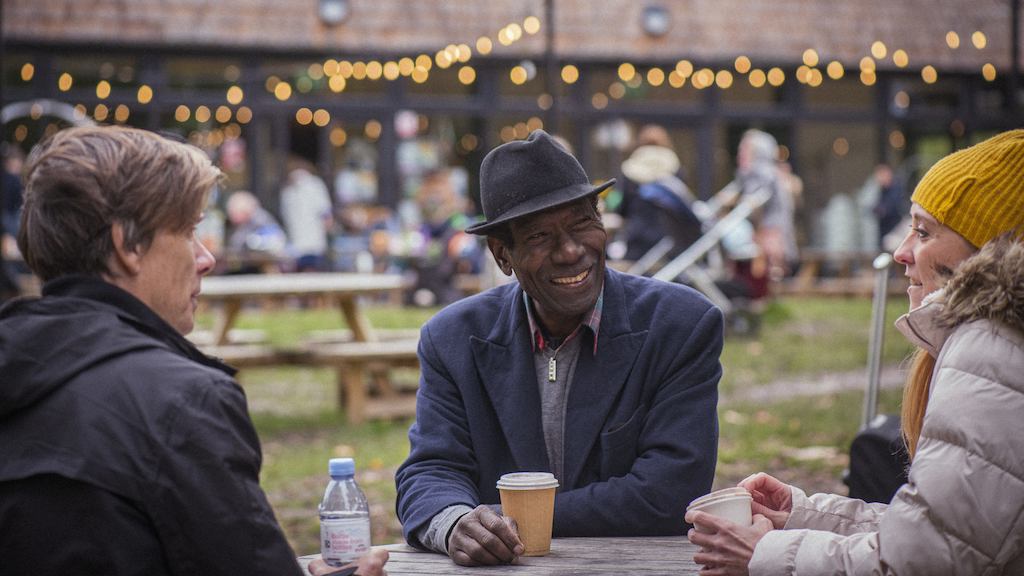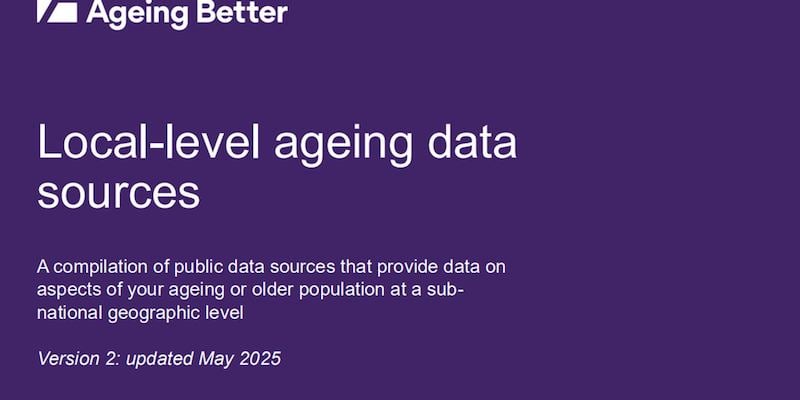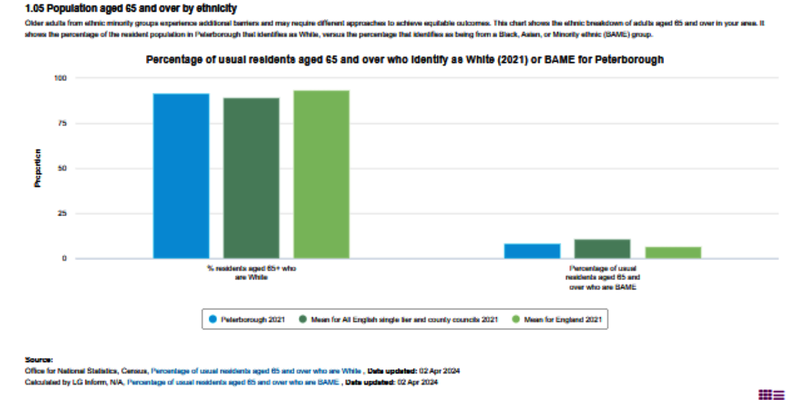Using local data on ageing
Based on our understanding of what is available locally, we have developed a set of guidance on how and why to use data to inform the development of your ageing projects and programmes.

Using data can help you to better understand the needs of your population, design and deliver services more effectively, focus public and political attention on priority issues, and measure impact.
Our focus here is mostly quantitative data, i.e. the numbers. We understand that this is not the whole picture. It is also important to work with older people and other stakeholders to capture their stories and views, to help you interpret what the numbers are telling you, to bring your work ‘alive’ and to inform your local priorities.
Frequently asked questions
While every local area will have different needs when accessing local data, here are some common questions you might have about using data in your age-friendly community.
Data should ideally be used throughout the process of making your area more Age-friendly. Its use aligns with the World Health Organisation’s Age-friendly Programme Cycle, including:
- Engage and Understand: producing a baseline assessment will help you understand where you are starting from, and to engage and persuade others to support the work
- Plan Strategically: understanding and setting out key trends, issues or beneficiary groups can help make the case for resources, prioritise, and align your work with other local strategies and programmes
- Act and Implement: understanding smaller geographies within your local authority, the needs of different groups of people, or how you compare with other similar places can help you target campaigns, services, and initiatives.
- Monitor and Evaluate: Keeping track of key data related to your age-friendly priorities can help you see the difference your work is making or why it is still needed.
A local State of Ageing report and a baseline assessment are both tools that use data to understand and communicate how well people are ageing in your place. Either can be adapted to suit your needs. A Local State of Ageing could also be used as a baseline assessment if undertaken within the first stage of the WHO programme cycle.
Some main differences are:
- Baseline assessment: Carrying out some form of baseline assessment is a requirement for communities adopting the WHO’s Age-friendly Communities framework. It is carried out within the first stage of the programme cycle. Dependant on resources it might be a standalone document, or a section in another document. For example a Health and Wellbeing strategy or a JSNA, with a thematic focus on ageing and older people.
- Local State of Ageing report: modelled on the Centre for Ageing Better’s national report of the same name it follows a more consistent methodology and aims to build a comprehensive picture of the quantitative data available locally. It can be created at any point by any community wanting to better understand how people are ageing locally. Some places that have been working on Age-friendly for a long time have used it as a way to refresh their broader understanding and engage or reengage stakeholders, like in Leeds, or to inform a new wider strategy being undertaken for their place.
Most local areas will have access to a team or individuals who know what data sources are available and can help you access these. Look to involve your local authorities insights or data team, if they have one, Public Health are important stakeholders in this work and local universities can also be key collaborators in Age-friendly Communities to help conduct surveys, run research projects or evaluate local programmes.
Tools and resources
Guide to data sources
This resource shows the publicly available data sources for local areas across England which you may find useful in building a picture of the ageing population in your local area.

Creating an Age-friendly Community Survey
Community surveys involve a structured set of questions aimed at gathering insights from a group of people in a specific geographic area.

Case studies from across England
Across England local authorities and communities are looking at data in different ways to understand their older population.

Developing a local state of ageing report
A step-by-step guide to how we created 'The State of Ageing' In Leeds.

Create Your Own Themed Report: Understanding Ageing in Your Area
This free benchmarking tool provides a snapshot of key data available at the local authority level to help local councils and organisations in England better understand their ageing population.
